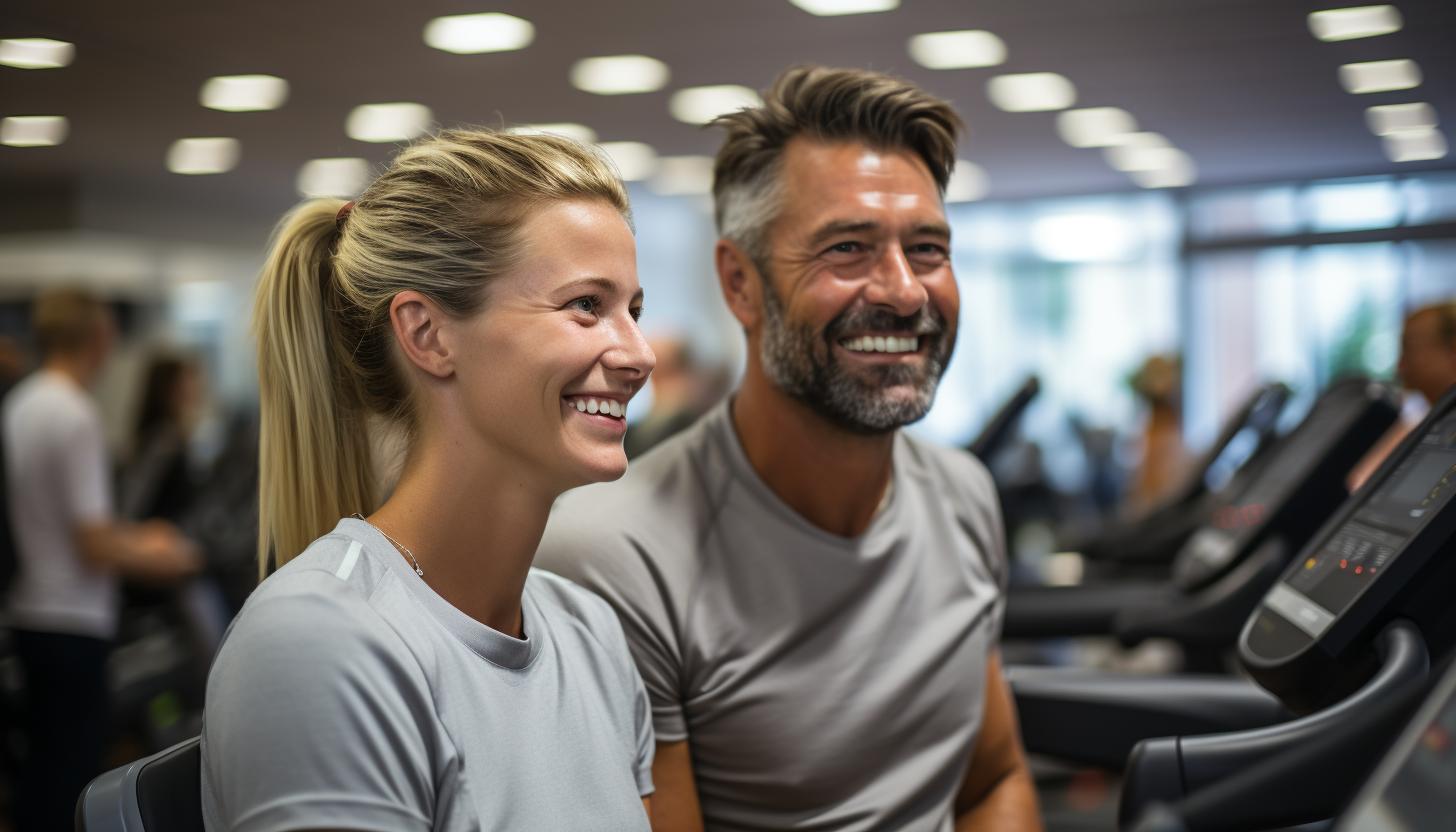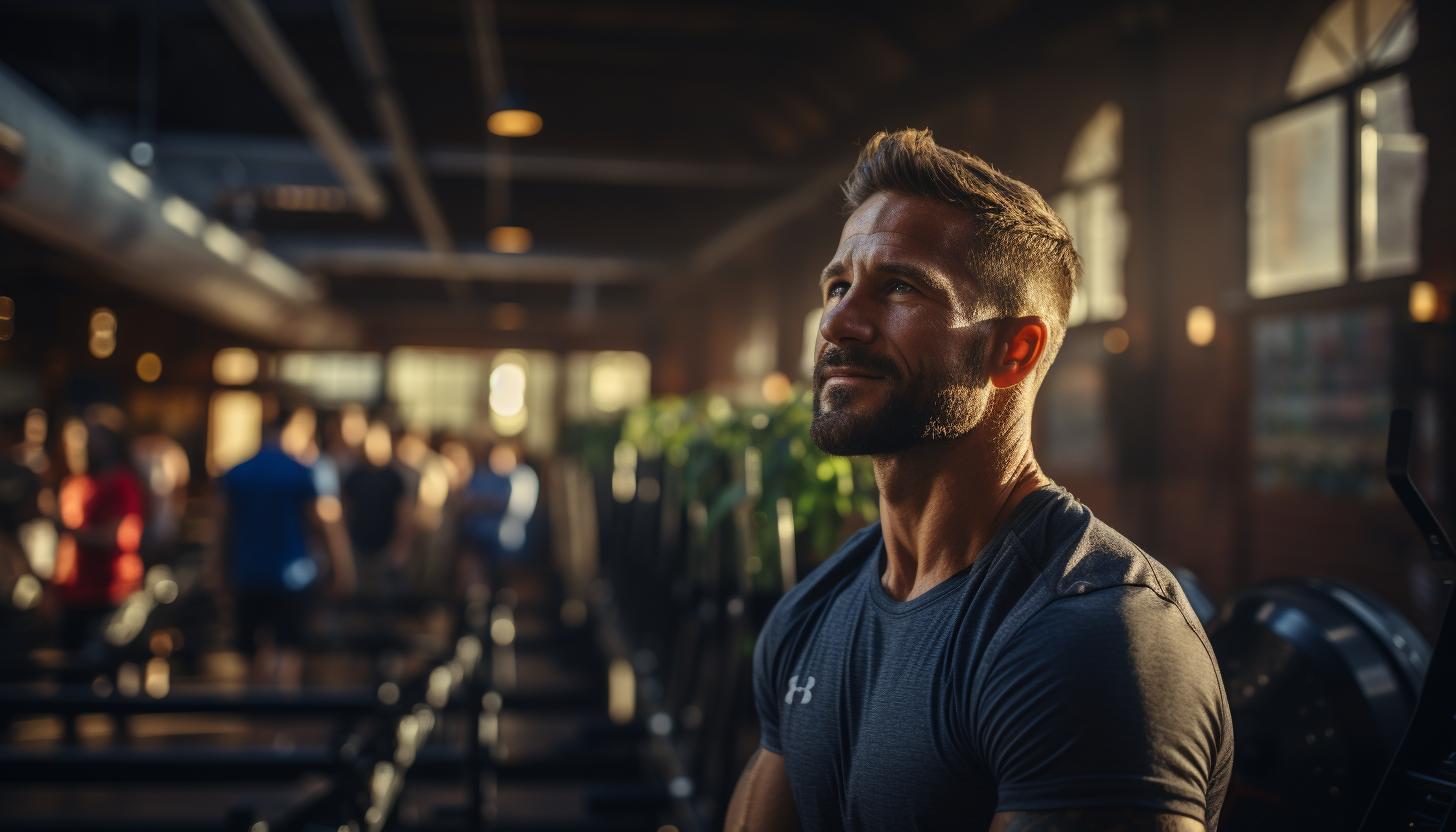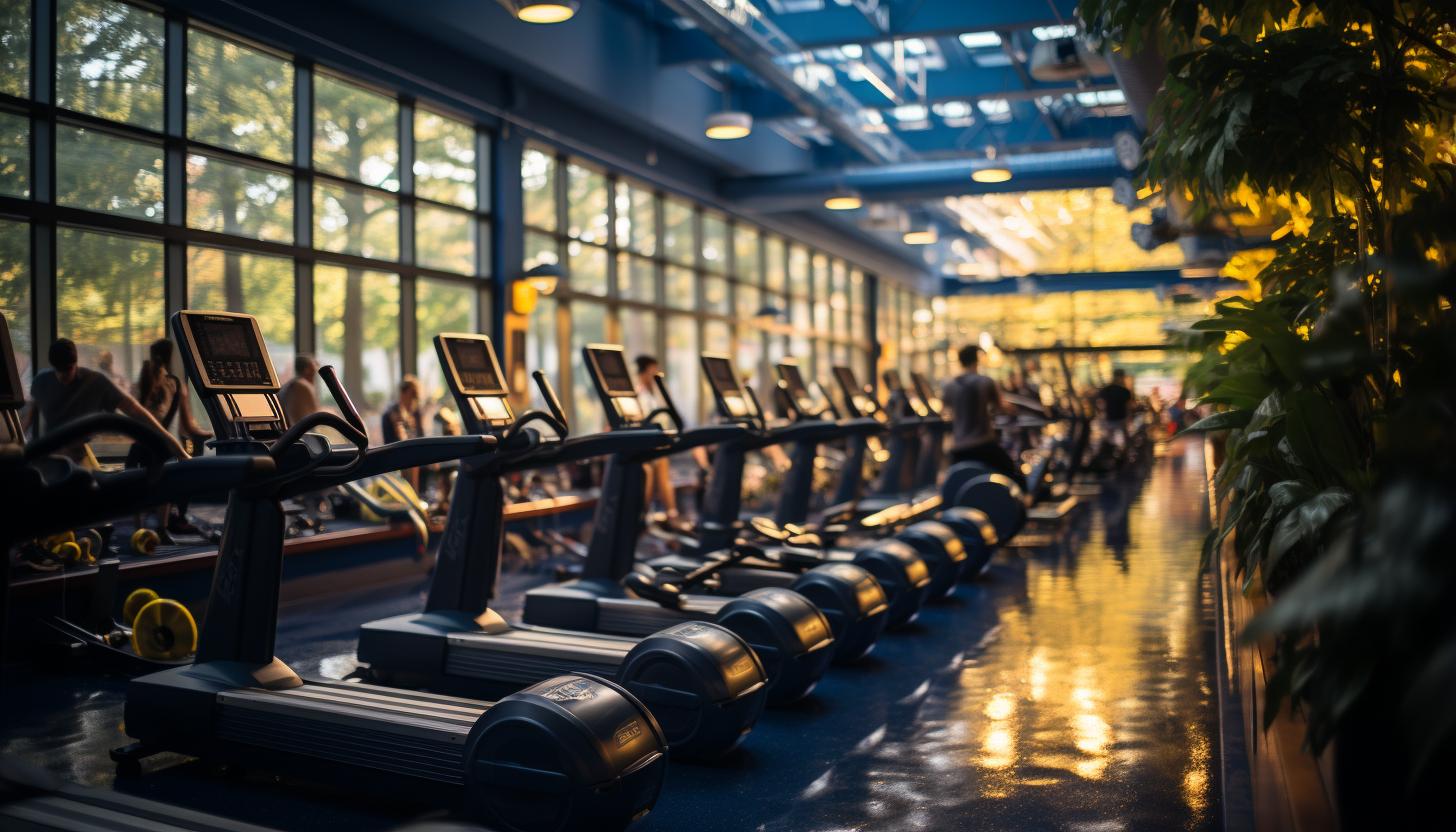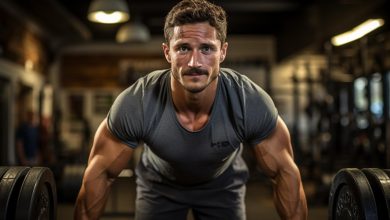The Role of Rowing in Cross Training and Injury Rehabilitation

Are you tired of the same old cross training exercises? Look no further than rowing, a sport that offers an exhilarating full-body workout while also aiding in injury rehabilitation.
Rowing is not only effective for building strength and endurance, but it can also help prevent future injuries by improving your overall fitness level.
Whether you’re a seasoned athlete or recovering from an injury, incorporating rowing into your routine can take your cross training to new heights.
Get ready to experience the transformative power of rowing!
Benefits of Rowing for Cross Training

Rowing is a great option for cross training because it provides a full-body workout. When it comes to improving cardiovascular fitness and building full body strength, rowing offers numerous benefits. One of the key advantages of rowing as a cross-training activity is its ability to increase your cardiovascular endurance. By engaging large muscle groups in both the upper and lower body, rowing helps to elevate your heart rate and improve your overall stamina.
In addition to cardiovascular fitness, rowing also helps in building full body strength. The pulling motion involved in rowing works muscles throughout the entire body, including the legs, arms, back, and core. As you push off with your legs and pull back with your arms during each stroke, you engage multiple muscle groups simultaneously. This not only strengthens these muscles but also improves their coordination and power.
Furthermore, rowing is a low-impact exercise that places minimal stress on joints compared to activities like running or jumping. This makes it an excellent choice for individuals who may be recovering from certain injuries or looking to prevent them altogether.
Overall, incorporating rowing into your cross-training routine can significantly enhance both your cardiovascular fitness and full-body strength. Its effectiveness lies in its ability to provide a comprehensive workout while minimizing strain on joints – making it suitable for individuals of all fitness levels and ages.
Rowing as an Effective Rehabilitation Exercise

Using rowing as a part of your rehabilitation routine can be an effective way to recover from injuries. Rowing is not only a great cardiovascular exercise but also helps in strengthening muscles, making it an ideal choice for injury rehabilitation.
When it comes to cardiovascular health, rowing is a low-impact exercise that provides a full-body workout. It engages large muscle groups such as legs, back, and arms, increasing heart rate and improving overall cardiovascular fitness. This can be particularly beneficial during the recovery phase when other high-impact exercises may not be suitable.
Rowing also plays a vital role in muscle strengthening. The pulling motion involved in rowing targets major muscle groups like quadriceps, hamstrings, glutes, core muscles, and upper body muscles. By regularly incorporating rowing into your rehabilitation routine, you can build strength and endurance while promoting proper muscle balance and coordination.
Moreover, rowing offers a controlled range of motion that minimizes joint stress while still providing resistance for muscular development. This makes it safer compared to other forms of exercise during the recovery process.
How Rowing Helps Prevent Injuries

By incorporating rowing into your routine, you can reduce the risk of injuries. Rowing is an excellent exercise for preventing overuse injuries and improving flexibility.
Overuse injuries occur when a particular part of your body is subjected to repetitive stress without enough time to rest and recover. The repetitive motion of rowing allows for a low-impact workout that engages multiple muscle groups, reducing strain on any one specific area. This helps prevent overuse injuries such as tendinitis or stress fractures.
In addition to preventing overuse injuries, rowing also improves flexibility. The full range of motion required in each stroke stretches the muscles and joints, increasing their flexibility over time. Flexibility is crucial for injury prevention because it allows your body to move more freely and efficiently during physical activities, reducing the likelihood of strains or sprains.
Research has shown that rowing can be particularly beneficial in preventing shoulder injuries. The pulling motion involved in rowing strengthens the muscles around the shoulders while also improving their stability and mobility. This not only reduces the risk of shoulder injuries but also enhances overall upper body strength and posture.
Incorporating rowing into your fitness routine provides numerous benefits for injury prevention. Its low-impact nature protects against overuse injuries, while the full range of motion involved improves flexibility throughout your body. Whether you are an athlete looking to prevent injury or someone recovering from an injury, adding rowing to your exercise regimen can help keep you strong and flexible while minimizing the risk of setbacks.
Incorporating Rowing Into Your Cross Training Routine

To incorporate rowing into your routine, you’ll want to consider the benefits it can bring to your cross training regimen. Rowing is a highly effective form of exercise that can help you achieve your fitness goals while minimizing the risk of injury.
Here are some ways you can incorporate rowing into your cross training routine:
– Rowing for Weight Loss:
– Rowing is a great way to burn calories and lose weight. It is a full-body workout that engages multiple muscle groups, resulting in increased calorie expenditure.
– Incorporate rowing intervals into your high-intensity interval training (HIIT) workouts to maximize calorie burn and fat loss.
– Incorporating Rowing into a HIIT Workout:
– Begin by warming up with a few minutes of light cardio exercise such as jogging or cycling.
– Perform short bursts of intense rowing followed by periods of active recovery. For example, row at maximum effort for 30 seconds and then rest for 15 seconds before repeating the cycle. Aim for at least five rounds.
Rowing Techniques for Injury Rehabilitation

Rowing can be a beneficial exercise for recovering from injuries. When it comes to injury rehabilitation, rowing exercises and workouts can help you rebuild strength, improve cardiovascular fitness, and regain mobility in a low-impact manner.
One of the key advantages of rowing exercises is that they provide a full-body workout. Unlike other forms of exercise that may primarily target specific muscle groups, rowing engages multiple muscles simultaneously. This comprehensive engagement allows you to strengthen your entire body without putting excessive strain on any one particular area.
Incorporating rowing into your injury rehabilitation routine can also help with joint mobility and flexibility. The repetitive motion of rowing helps to increase range of motion in the joints, promoting better flexibility. Additionally, the fluidity of the movement minimizes impact on the joints, making it a safer option for those recovering from injuries or dealing with joint pain.
Furthermore, rowing workouts offer a cardiovascular component that is essential for overall fitness. By varying your intensity during rowing sessions, you can challenge your heart and lungs while still controlling the impact on injured areas.
Conclusion
In conclusion, rowing is a valuable addition to your cross-training routine. It can play a crucial role in injury rehabilitation. By incorporating rowing into your workouts, you can enjoy the benefits of a full-body workout while reducing the risk of injuries.
Whether you’re looking to improve your overall fitness or recover from an injury, rowing offers an effective and evidence-based solution. So why not grab an oar and join the rowing community? After all, it’s time to take the plunge and row towards a stronger and healthier you!






